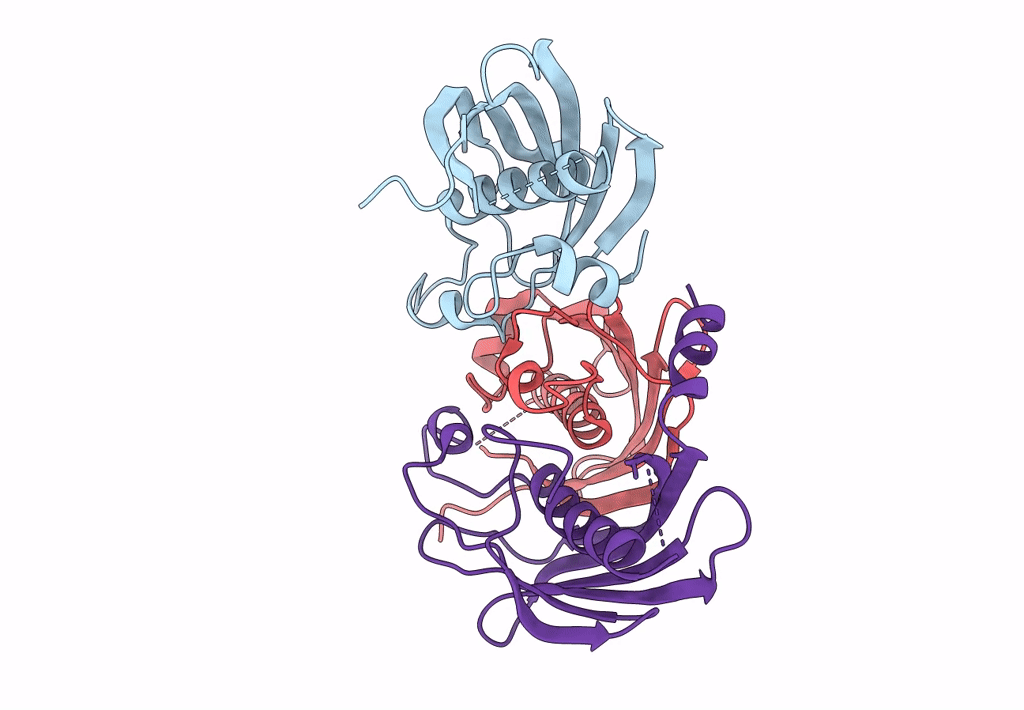
Deposition Date
2022-09-02
Release Date
2023-03-29
Last Version Date
2024-02-07
Entry Detail
PDB ID:
8AYD
Keywords:
Title:
Anammox-specific FabZ from the annamox bacterium Kuenenia stuttgartiensis
Biological Source:
Source Organism:
Candidatus Kuenenia stuttgartiensis (Taxon ID: 174633)
Host Organism:
Method Details:
Experimental Method:
Resolution:
2.80 Å
R-Value Free:
0.28
R-Value Work:
0.25
R-Value Observed:
0.25
Space Group:
P 43 2 2


